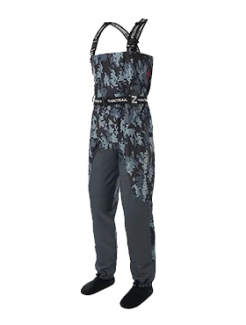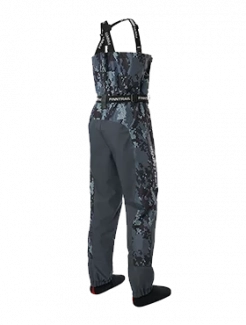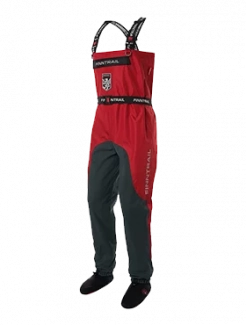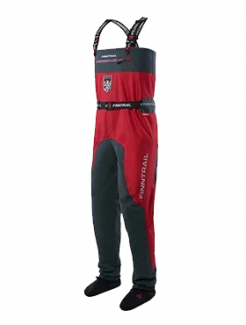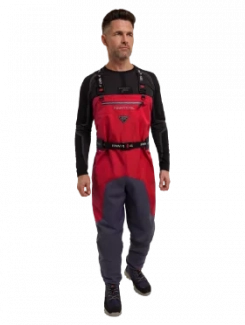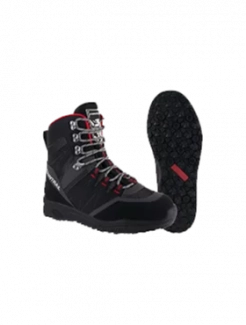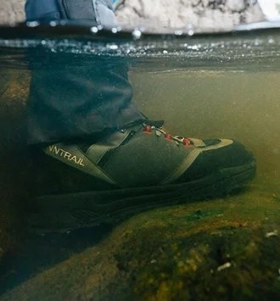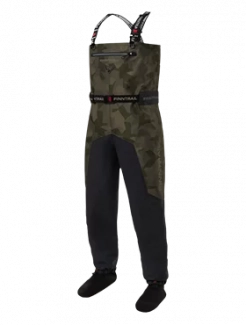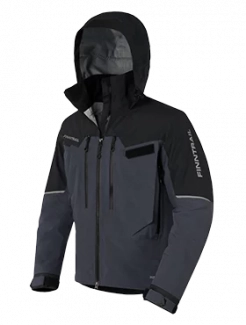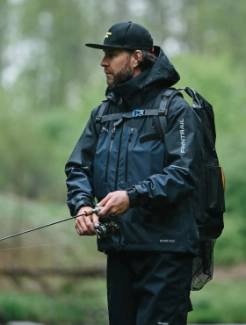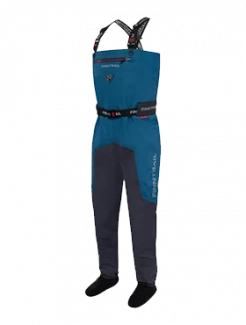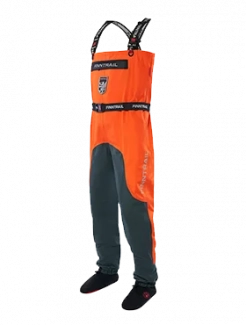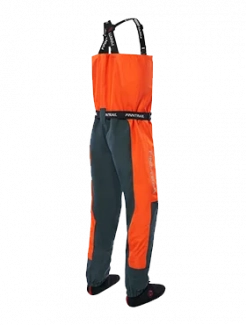How to Improve Your Hook Set When Fly Fishing
Hook setting is one of the most important skills in fly fishing. You can choose the best flies, cast them perfectly, and drift naturally, but without a solid fly fishing hook set, the fish will slip away. In this guide, we’ll break down how to improve your hook set, explain hook sizes, and share practical tips so you can land more fish.
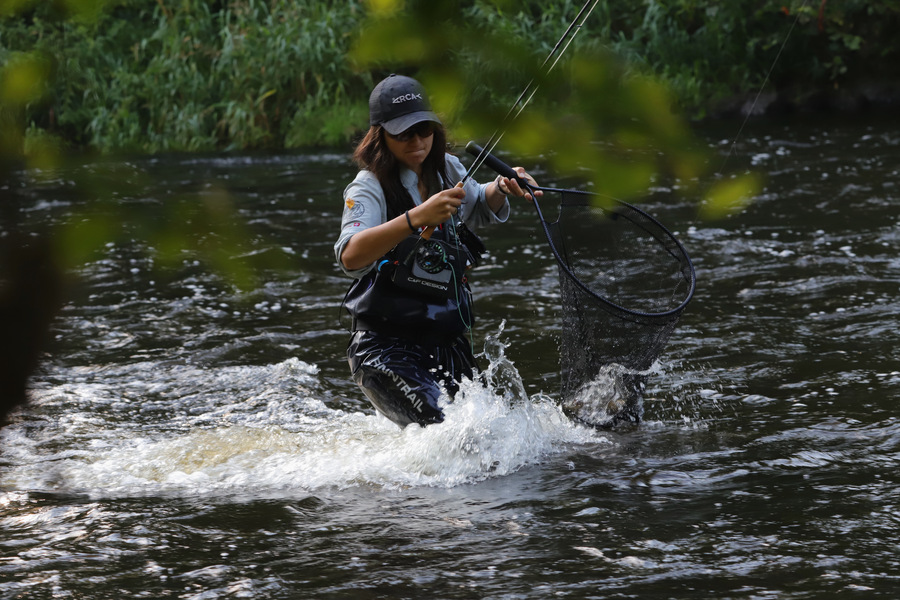
Choosing the Right Fly Fishing Hooks
Not all hooks are created equal. Selecting the hooks for fly fishing depends on the fish you’re targeting, the type of water you’re fishing, and the flies you plan to use. Here are a few things to keep in mind:
-
Fly fishing hook sizes: hooks are numbered — the larger the number, the smaller the hook. For example, size 20 is tiny for trout dry flies, while size 2 might be used for bass streamers.
-
Fly fishing barbless hooks: many anglers prefer barbless options. They’re easier to remove, better for catch-and-release, and reduce harm to the fish. They also require a sharper, more precise hook set, making technique even more important.
-
Circle hooks for fly fishing: although more common in saltwater, some anglers experiment with circle hooks in fly fishing. Their design often hooks fish in the corner of the mouth, reducing deep hooking, but they require a different hook set — more of a steady pull than a sharp strike.
Perfecting the Hook Set Technique
So, how do you actually drive the hook home? Here’s what to focus on:
1. Watch the Line, Not Just the Fish
In fly fishing, bites can be subtle. Instead of waiting for a fish to leap, watch for slight twitches or hesitations in your line. As soon as you see movement, lift the rod smoothly but firmly.
2. Control Your Angles
The right hook set isn’t just about force — it’s about direction. When fishing upstream, lift the rod downstream to drive the hook into the corner of the mouth. In stillwater or when stripping streamers, a side sweep often works better than an upward jerk.
3. Adjust for Hook Type
-
With traditional hooks, a quick, sharp lift works best.
-
With circle hooks, avoid jerking — instead, steadily tighten the line until the hook catches.
-
With barbless hooks, keep consistent pressure. Any slack in the line can cost you the fish.
4. Use Proper Knots
Strong knots matter. Knowing a few reliable lines to hook knots like the Improved Clinch Knot, Orvis Knot, or Uni Knot ensures the hook doesn’t slip during the set.
Common Mistakes to Avoid
-
Overpowering the set: many anglers yank too hard, pulling the fly right out of the fish’s mouth.
-
Setting too late: hesitation is a fish-loser. If you see a strike, react quickly but smoothly.
-
Too much slack line: keep your line tight, especially when mending or casting in the wind. Slack makes a strong hook set impossible.
Practice Makes Perfect
Improving your hook set takes practice. Try fishing with barbless hooks to train your reflexes and timing — you’ll quickly learn to keep steady pressure. Experiment with different hook sizes to see how they influence hook-up rates on trout, bass, or panfish.
Final Thoughts
A great hook set is the difference between “the one that got away” and a fish in the net. By learning how to use the right hooks and mastering your timing and angles, you’ll dramatically increase your landing rate. Whether you prefer traditional barbed hooks, barbless hooks, or even experimenting with circle hooks, the key is consistency, confidence, and control.
With every strike, you’ll refine your skills — and soon, setting the hook will feel as natural as casting the fly itself.

